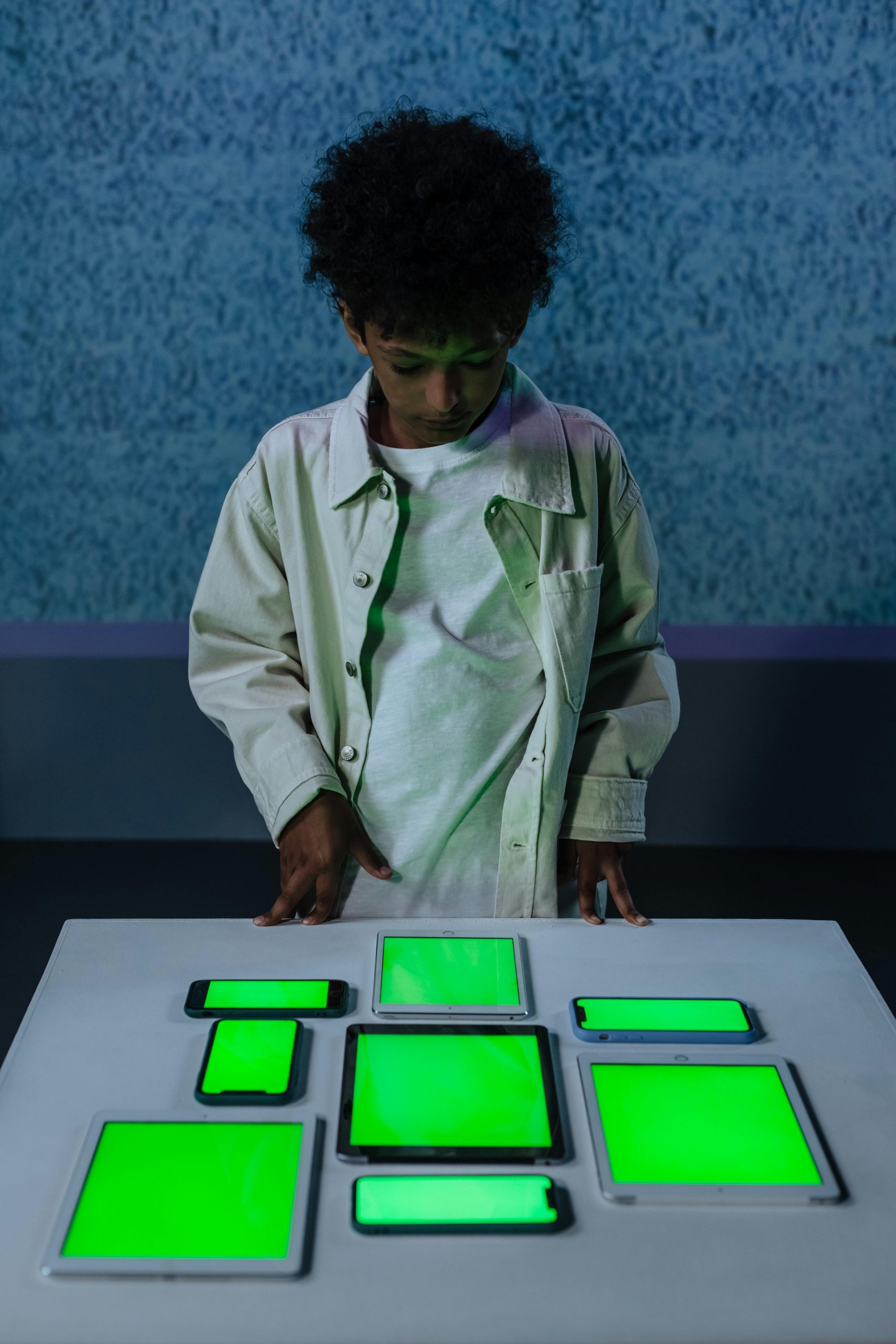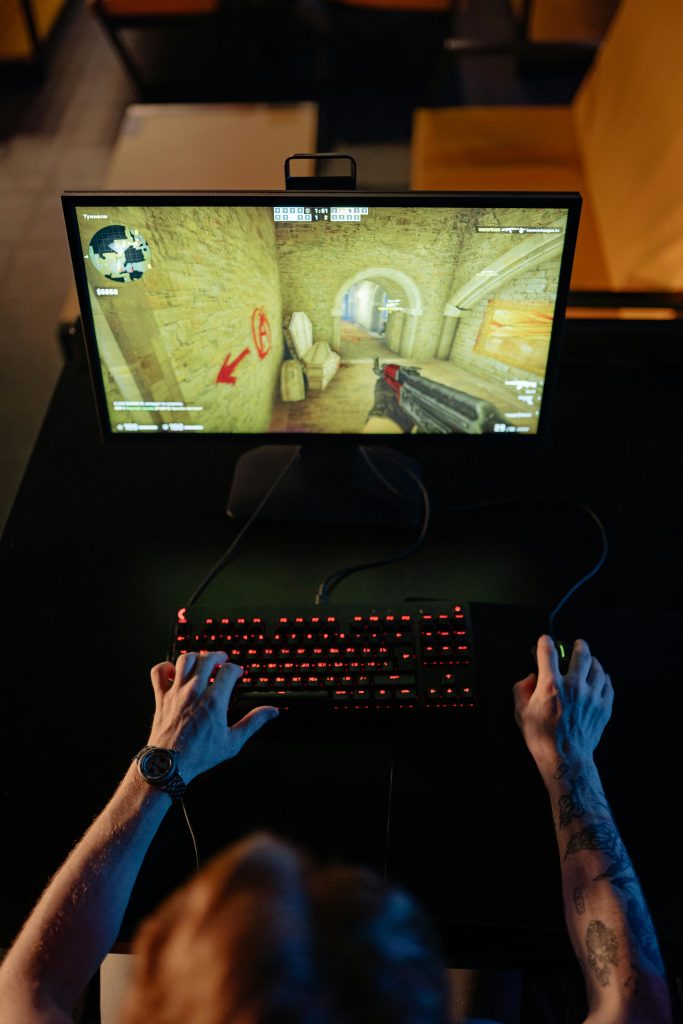Understanding Sudden Performance Issues After Upgrading to an OLED Monitor: A Guide for Gamers
Recently, many gaming enthusiasts have noticed unexpected declines in their PC performance following the addition of an OLED monitor. If you’re experiencing slower response times, lower frame rates, or system sluggishness after upgrading your display, you’re not alone. Here’s a comprehensive overview based on a real-world scenario, along with professional insights on diagnosing and addressing such issues.
System Overview
Hardware Components:
– Graphics Card: EVGA GeForce RTX 3090 Ti
– Processor: Intel Core i9-9900K
– RAM: 32GB Corsair Vengeance LPX
– Motherboard: MSI Z390-A PRO
Display Setup:
– Primary Gaming Monitor: ASUS ROG Strix 27″ OLED, 240Hz, 2560×1440
– Secondary Monitor: Acer 34″ Ultrawide Curved, 100Hz, 3440×1440
– Additional Monitors (not currently in use): MSI Mag241c 24″ 144Hz, 1920×1080
Observed Performance in Gaming
In practice scenarios such as Valorant, frame rates hover around 130-140 FPS with settings maxed for performance:
– GPU utilization is at 100%
– Temperatures range from 50-60°C
– CPU load is between 45-65%, with temperatures around 60-70°C
System Resource Usage:
– CPU: 45-50%
– Memory: 55%
– Background Programs: Low-impact applications like Opera GX, Discord, and game launchers
Additional Testing:
When launching other demanding titles like Red Dead Redemption 2 (RDR2), even with adjusted settings to low and a cap at 60 FPS, performance has noticeably decreased—previously smooth gameplay now experiences frame drops.
Potential Causes and Troubleshooting Steps
- Display Compatibility and Settings
- OLED monitors offer vibrant colors and high contrast but can sometimes introduce compatibility issues, especially if refresh rate or resolution settings aren’t properly configured.
-
Verify that your monitor’s driver is up to date and that Windows display settings are optimized for your OLED monitor. Make sure the refresh rate is correctly set at 240Hz and resolution at 2560×1440.
-
Graphics Driver Updates
- Outdated or corrupted graphics drivers can cause performance dips. Ensure you have the latest driver version from NVIDIA. Performing a clean installation can eliminate conflicts caused
Share this content:



